About This Survey
The Basis for this report is an online survey conducted between 21.12.2016 and 05.01.2017. The participants were recruited via Facebook, Twitter, the „Wattage“
Google Group and the dcrainmaker.com blog.
424 users of cycling training software participated in the survey, which was conducted as a closed questionnaire with the ability to comment on specific questions.
The purpose of the survey was to get a better understanding how users incorporate software into their everyday cycling training. Specifically, which software (or combination of software tools) they use, and why. It tries to answer the question which features are important, and in which areas the currently available tools are found lacking.
The ultimate goal is to help the development of a new user experience for the Open Source training software GoldenCheetah (www.goldencheetah.org) , but we hope that the results are found to be helpful beyond this scope.
The focus of this document is cycling training. Although the majority of users track more than one sport with it, other sports were not part of the survey.
This report was carried out by Peter Riegersperger on behalf of Golden Cheetah.
Basic Description Of Users Surveyed - User Self-classification
91% of respondents are athletes (Cyclists), 9% are cycling coaches or sports scientists. 55% track more than one sport with their software.

Training With Powermeters
Most users are training with a PowerMeter, and have used them for more than one season.

Cycling Training Hardware
Most people use power meters attached to their bikes (or wheels). Only 5% use a stationary solution with power measurement (Wahoo Kickr etc.).

Insights
1. Powermeters make no difference in user needs, but in software preference.
2. Multisport and single-sport athletes have the same needs, and use the same software.
3. There is no single tool that does it all.
4. People mix and match software to fit their needs.
5. Software selection differs for athletes and non-athletes.
6. The time users train with a power meter is not important for software selection.
7. Features are most important when choosing software.
8. Tracking progress over time is the most important use-case.
9. Recreational athletes look for simplicity.
10.Planning is considered important, but the software doesn’t support it.
Most Important Software Features - Users With And Without Powermeters
Users consider the same features important, regardless whether they have a power meter or not.

Used Software - Users With And Without Powermeters
While there is little difference in the usage of Strava and Garmin Connect, users without powermeter use GoldenCheeta, TrainingPeaks, TrainerRoad and WKO significantly less than users with powermeter.
Software geared towards powermeter users appear to under serve users without methods to measure power.

Most Important Software Features - Multisport Vs. Single-sport Athletes
Single-Sport and Multisport-Athletes consider the same features important.

Used Software - Multisport Vs. Single-sport Athletes
The six most commonly used tools are the same for both single- and multisport athletes, only the ranking differs.

There Is No Single Tool That Does It All
- 421 out of 424 respondents use at least one software tool to manage their training.
- 32 tools were mentioned.
- People find the software bundled with their powermeter wanting. Only 5% of powermeter owners use the software that comes with it, and only 1 respondent uses it exclusively (and he isn’t particularly happy with it).
- Although Strava and Garmin Connect together have a market share of 80%, there isn’t a tool that works for everyone.

People Mix And Match Software To Fit Their Needs
- 84% of respondents use more than one software tool.
- 70% of all respondents use between 2 to 4 tools.

• People organize their tools into software ecosystems according to their needs.
• There are 164 different combinations of software used together mentioned.
• There are a few „common tools“ nearly everyone is using (80% of respondents use either Strava or Garmin Connect), and they are supplemented by whatever is available, affordable or does satisfy the needs.
Most Common Ecosystems
The most commonly used tools or tool combinations are:
Garmin Connect, Strava.
Golden Cheetah exclusively.
Strava exclusively.
Garmin Connect, Golden Cheetah, Strava, TrainingPeaks.
Garmin Connect, Golden Cheetah, Strava.
but these just have between 8% to 4% overall share. Together, they make up just 25% of all answers.
Non-exclusive Software Pairings
• When looking for non-exclusive pairings of software (which tools go well together), things get a little bit clearer.
• Strava & Garmin Connect go well together.
• GoldenCheetah and TrainingPeaks are combined with Strava and Garmin Connect.
(How to read this graphic: 43% of all respondents use Garmin Connect, Strava and maybe additional software, 25% use Strava, TP and maybe additional software, etc.)

Pairings For Golden CheetahCoaches Choose Other Software Than Athletes
• The software pairings for Golden Cheetah are consistent with the ranking according to mentions.
• Golden Cheetah apparently does not have a "special companion tool" that is commonly used only by GC users.

Coaches Choose Other Software Than Athletes
• Coaches use WKO/TP more often than athletes.
• Training load monitoring is one of the Top-3-Features for coaches, but not for athletes.

Duration of Training With Powermeter effect on Software Selection
• How long someone trains with a power meter is not very important when it comes to software selection.
• Notably WKO consistently improves its ranking from 9, to 6, 7, 4 and 1 through the different segments.

Users Choose Software For Its Features
• Nearly half of all users who answered this question said they chose their software based on features.
• 17% said social reasons (social media, team mates, team that uses the software, …) were important.
• 13% use their software either because it makes their coaching business easier or because their coach asks them to use it.
• Careful about the importance of ease of use: It is a requirement these days, if people say "I use this because it is easy to use", they usually mean "it is easier than I expected it to be/it is easier than everything else out there that would otherwise fit my needs as well."

Importance of Features - Recreational Riders
- Planning is not a big issue for recreational riders.
- Focus on ride-based features and tracking progress over time.
- Setting training levels or creating training plans not very important.

Importance of Features - Coached or self-coached Riders
- want more training features, but still not top priority.
- Do plan ahead.

Importance of Features - Coaches
- Planning and tracking fitness are important to coaches.
- Configurability is a big concern.

Importance of Features - Sports Scientists
Caution: Only 8 answers from sports scientists, at least one is probably bogus.

Overall, tracking progress over time is the most important use case. The more „serious“ users, the more importance it gets.
Simplicity For Recreational Riders
• Recreational riders focus on features that gravitate towards single rides/workouts.
• Ease of use is more important than configurability of software.
• They are less interested in tracking progress over time then coached or self-coached athletes, creating training plans or planning workouts.
• They look more often for personal bests than coached or self-coached athletes (66% vs. 62%).

Athletes Use Software Retroactively
• The top used software features focus on analysis after a workout.
• A minority of athletes use their software tools to plan ahead (being it routes for workouts or upcoming competitions or planning the next training sessions).

But They Do Think That Planning Is Important
• 46% of respondents that say planning ahead is important or very important do not actually use any planning features in their software.

Conclusions
1. Software makers must look at ecosystems, not single applications.
2. The difference in software choice and usage is whether people use power meters or not, not which sport they do.
3. The software landscape is fragmented and users have a questionable overall experience.
4. Planning features are insufficient, but are not the highest priority of most users.
Software Ecosystems Define The User Experience
• 84% of respondents use more than one software tool for their training management.
• Different software gets used for different reasons, and each software tool has its place and role in the overall ecosystem according to its weaknesses and strengths.
• Software makers must identify this role to correctly assess important or missing functionality in their applications.
Power Measurement Is Key To User Choice
• Whether a user tracks more than one sport or not does not have any impact on software choice.
• Having a power meter or not is important for software choice.
• Some software tools appear to serve users without power meter better than others.
Fragmented Landscapes
• 70% of all users have to use 2 to 4 tools to satisfy their needs, 31% use more than three.
• Overall, 33 tools were mentioned, and 164 different combinations of tools are used by the respondents of the survey.
• Single tools might excel, but compatibility and cooperation are issues affecting overall user experience.
What Users Miss
"I miss everything in one place (I need to use several programmes/sites to get all I need)"
"Integration is missing"
"Better integration between applications. I still spend a lot of time uploading, downloading, syncing, and switching applications. Notes in one app not available in others… "
"better (training stress) implementation of multisport, ease of use. There is no one ideal software, that is why I use so many."
"The complete package. Each platform is missing certain elements, the ease of use of strava, the analytics of GC and the season planner from Training Peaks. "
"One platform that can do all above."
"Direct transfer of workouts from TP to GC"
Feature Overlap And Compatibility
• Software with distinct usage domains (for example Strava for social connections and TP for training and working with coach) do not cause problems as long as maintenance work like software upload is not duplicated.
• Software tools with overlapping features do cause difficulties. When two tools are needed to realize one goal, compatibility and data exchange become extremely important.
Users Wishing For Better Planning Facilities And Guidance
"Save the training plan files to reuse them in the future"
"Easy session long planning"
"More advanced planning features "
"Yes, the analytics in current software tell you what you did... but there is no "what should you adapt in your plan". Coaching is insanely expensive ($300 /mo) and I have been very unhappy with the few that I hired. I want a simple - easy and adaptable way to analyze the reams of data that I collect"
"Yes - there ability to overlay (e.g., training phase, ftp change, etc) onto my overall training load"
"All the software is 'dumb'. No software looks at my ride and says ''you were meant to do 2hrs easy, but you did 3hrs hard, so we're going to change tomorrows ride from intervals to a recovery ride''. The software/sites have ALL the data, and really don't do anything meaningful with it beyond pretty pictures. I want a virtual coach!"
Current Software Doesn’t Help (a Lot)
• Software falls short: Nearly half of all users who agree that planning is important do not use any planning functionality of their software. Considering the used software, it is fair to say that the most commonly used software packages actually lack any significant planning features.
• Only 50% of users think it is important to have a training plan created with the help of their software tools.
• Most users focus on the single-workout level. Planning facilities that add too much complexity might be rejected.
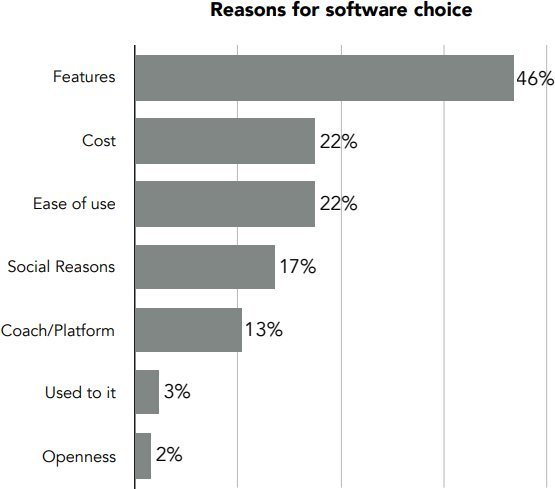
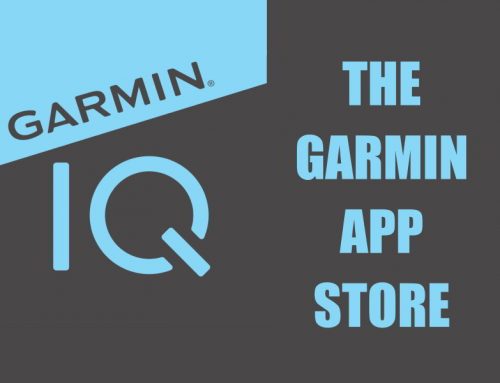
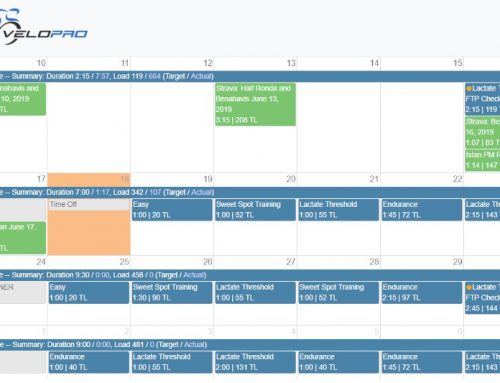
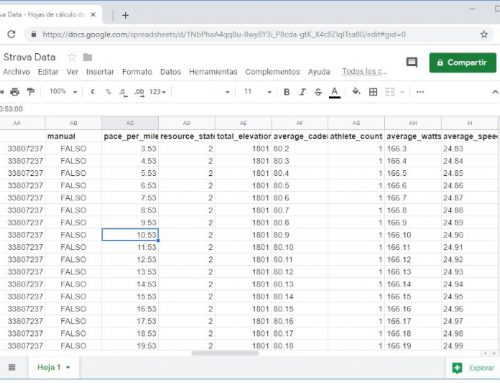
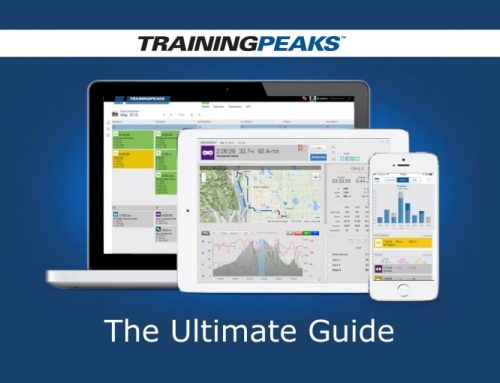
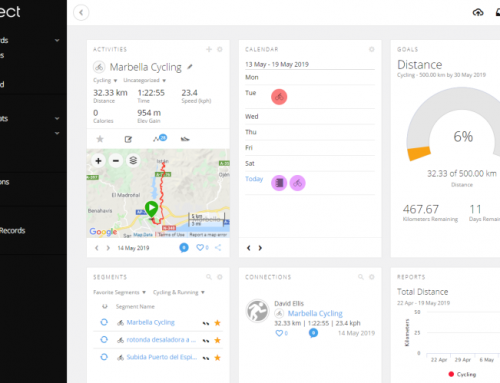
Leave A Comment
You must be logged in to post a comment.